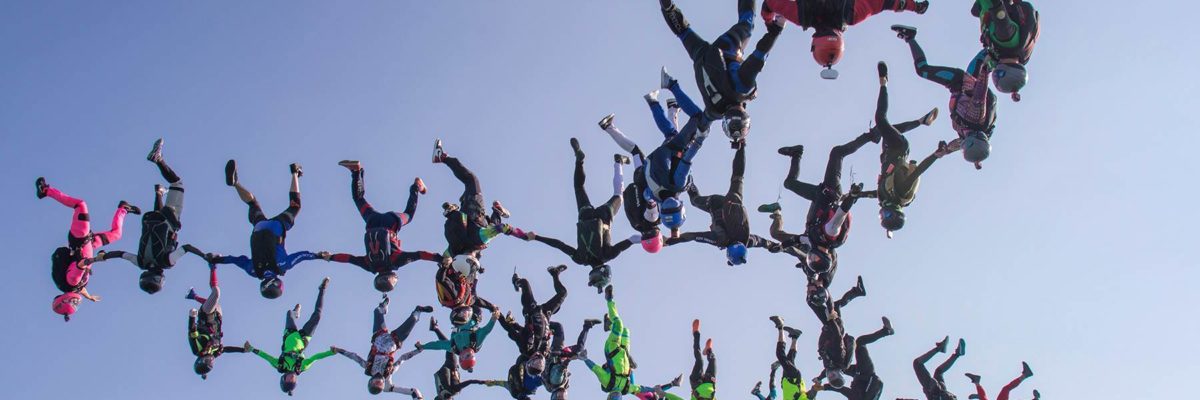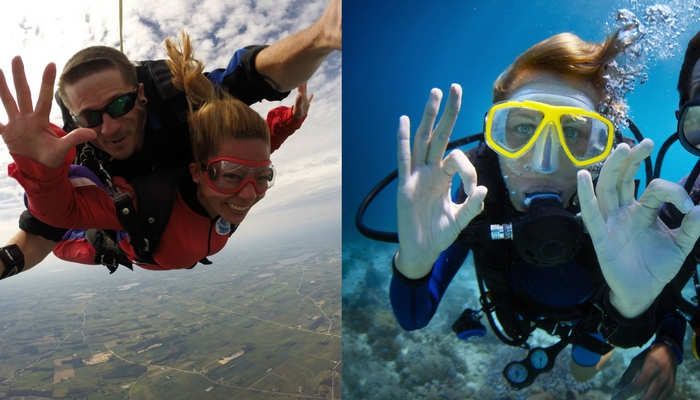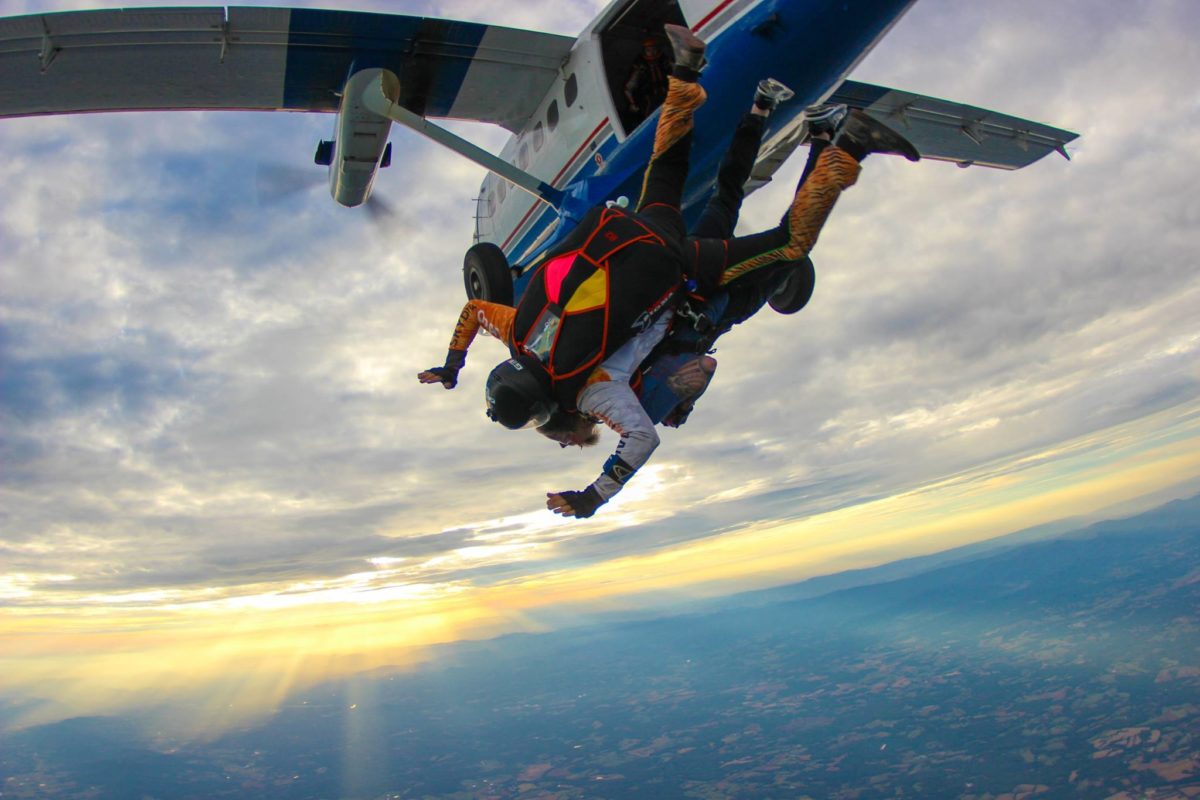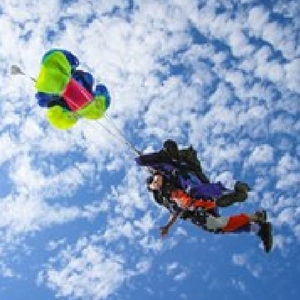
Can you Scuba and Skydive on the Same Day?
Saturday, April 16, 2022
- Skydive Orange
- 4/16/22
- 0
- Skydiving Information
Those gifted with an intrepid spirit will seek out adventures all across the biosphere, whether it be in the air, on land, or in water. If you happen to be one of these multi-environment hobbyists, you might be wondering if you can maximize your time by consolidating your activities – say like skydiving and scuba diving the same day.
Well, here’s the deal: scuba diving after skydiving is just fine – but if you don’t leave a long enough interval between the two, scuba diving before skydiving can be quite dangerous and potentially deadly.

Dangers Of Skydiving / Flying After Scuba Diving
Many avid scuba divers are aware that flying after scuba diving can cause serious health complications. Though, they may not know the science behind it.
Enter, Henry’s Law.
Henry’s Law states that “the amount of a gas that dissolves in a liquid is proportional to its partial pressure.” Now, what does that look like?
On a scuba dive, the air that a diver takes in through the breathing apparatus is 78% Nitrogen. As a diver descends deeper beneath the water, the total pressure increases. Because of the increased pressure, the nitrogen is diffused into the body’s tissues at a greater concentration than it would on land.
If the diver ascends too quickly to an area of low pressure, the Nitrogen will come out of solution and form small bubbles throughout the blood, joints, and muscle tissues. The formation and subsequent popping of these bubbles is known as decompression sickness or “the bends”. As you can imagine, “the bends” can be quite painful and symptoms range from achy joints to a loss of consciousness. If these Nitrogen bubbles end up traveling through the arteries, they can block healthy blood flow to the brain and cause a dangerous and potentially fatal condition known as Arterial Gas Embolism.
Timeline Recommendations for Skydiving After Scuba Diving
The timeline recommendations for skydiving after scuba diving may vary based on the type of diving you completed.
The Divers Alert Network recommends that if you have completed a single-day, non-decompression dive, you should wait at least 12+ hours before boarding an aircraft. If you did multiple non-decompression dives or completed scuba diving for multiple days in a row, you should wait 18+ hours. Lastly, if you did a scuba dive that required decompression stops as you ascended to the surface, you should wait at least 24 hours before skydiving.
The Federal Aviation Administration (the authority on all things aviation) has more stringent guidelines for taking flight after scuba diving for flight altitudes over 8,000 feet (keep in mind our skydiving altitude is around 13,500ft). It is the FAA’s recommendation that you should wait at least 24 hours after any scuba dive before skydiving.
As folks in the business of mitigating risk, we think it wise to err on the side of caution and would recommend waiting at least 24 hours after scuba diving before skydiving.
Skydiving and Scuba Diving Same Day
It is possible to skydive and scuba dive on the same day. As long as you start your day off on top of the world with skydiving, there’s no problem with you spending your afternoon exploring new depths with scuba diving! Oh and did we mention, there are plenty of spots for scuba diving within a reasonable drive of the dropzone?

Plan the Ultimate Adventure
Trying to have an epic summer? If you’re heading to Skydive Orange, you can easily make the most of the excursion by adding in a little scuba diving after.
Skydive Orange is located just 2 hours from Lake Phoenix– a converted quarry with clear water perfect for recreational scuba diving. Keep an eye out for the plane, helicopter, and multiple buses and boats that are submerged here! Skydive Orange is also within a three-hour drive of many amazing Virginia Beach area shipwrecks to explore.
Or conversely, if you’re making a trip out to the coast of Virginia Beach for scuba diving, why not add skydiving in Orange, Virginia to the itinerary? As long as it’s 24 hours after your scuba diving trip, you won’t have to worry!
The largest tandem skydiving center near Northern Virginia, Washington D.C. and Maryland.
Copyright © 2025, Skydive Orange, All Rights Reserved.
DropZone Web Design & Marketing by Beyond Marketing, LLC


